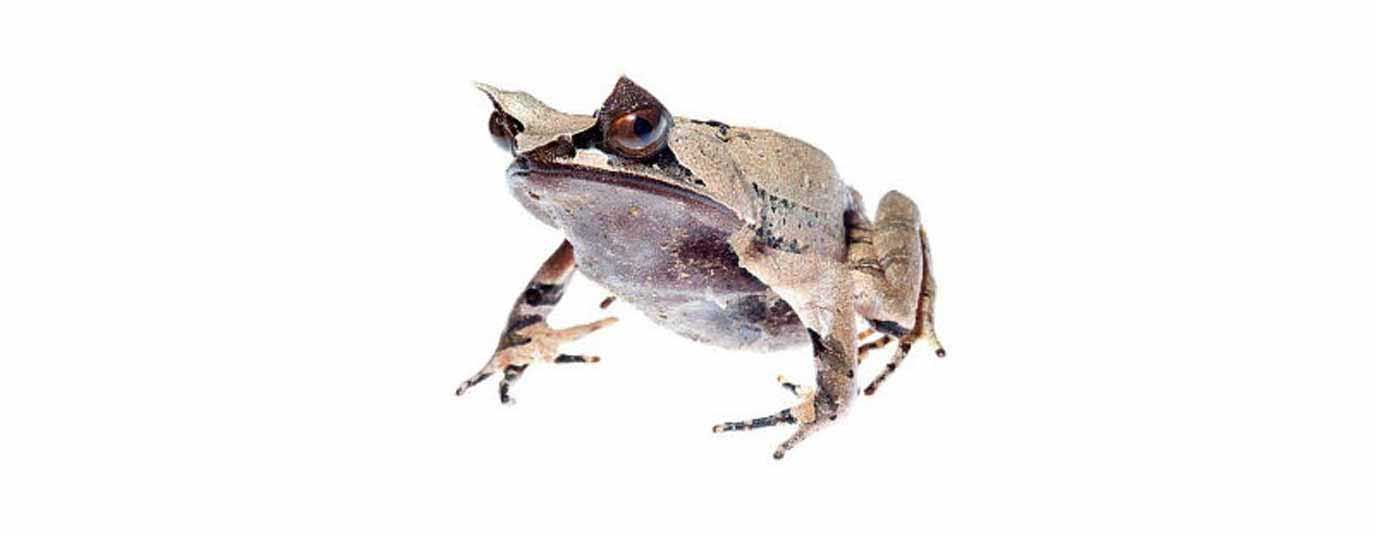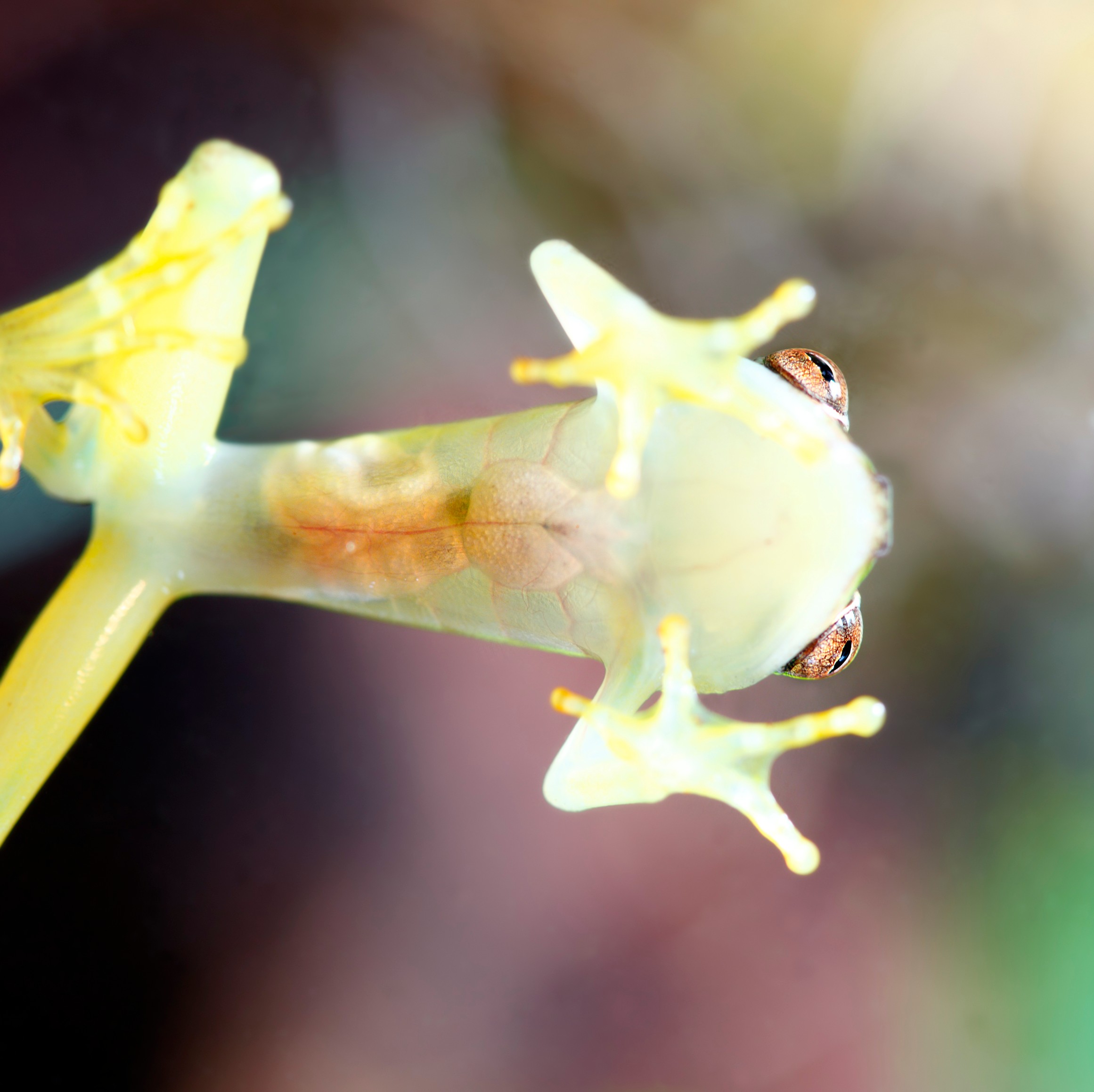Top 10 extinct animals
Many species are threatened by human activity, and many others have disappeared. We compile ten of them
Top 10 extinct animals
Human actions are compromising the survival of many endangered animals whose population has been reduced to negligible numbers. Unfortunately, there are many species for which there is nothing we can do, since they have completely disappeared and we can only know them through photographs.
These are just some of the animals that have become extinct over the past two centuries.
Sources: The Quagga Project, El Bucardo, Xataka Ciencia, Animales Extinción, ABC, El Blog Verde, Mother Nature Network, Reino Animalia, Ojo Curioso and Animales Extinción II
Baiji
Extinct in 2008. The case of the baiji or Chinese river dolphin is the best example that a delayed reaction is not enough. Overfishing and dam construction decimated the population of this type of dolphin, characterized by its elongated snout, until in 1979 the Chinese government declared endangered. In 1983 hunting was outlawed and the species was gradually decreasing until only 23 specimens were found in 2007. In 2008 it was officially declared extinct.
Pyrenean ibex
Extinct in 2000. One of the native Spanish goat disappeared late last century. Native to the Pyrenees and extended in Euskadi, Navarra, Huesca, Lleida and Girona, the ibex was an emblem of the mountain in the north of the Iberian Peninsula.
Hunting is the reason for his disappearance because his antlers was a defendant object. In 1900 it had already become extinct in the French Pyrenees, and by then only 50 individuals inhabited the mountain on the Spanish side. The last female died in 2000.
Golden toad
Extinct in 1989. Although researchers have not given up with this kind of amphibian, it was officially declared extinct almost three decades ago. Global warming is responsible for his disappearance, as it irreversibly altered the conditions of their habitat.
Different expeditions since then -1994, 2004 and the last in 2013- have tried to find some specimen in Costa Rica, but all have failed.
Caribbean monk seal
Extinct in 1952. Only two of the three species of monk seals that man got to meet still exist: Mediterranean and Hawaiian. The Caribbean disappeared in the middle of the last century. Their habitat stretched from Florida to northern South America, and its first recorded sighting was written by Christopher Columbus on his second voyage (1494).
The monk seal was exterminated for their fat, skin and food. In addition, it was wrongfully believed that they were a major threat to fish banks and an informal campaign to decimate the species was organized.
Bali tiger
Extinct in 1937. This kind of tiger was native to the island of Bali. He had a very limited territory that was threatened by human expansion. Fear, hunting and the destruction of their habitat caused their disappearance in the late 30s.
The Javan tiger and the tiger of the Caspian Sea are the other two subspecies that disappeared in the twentieth century.
Thylacine
Extinct in 1930. Also called Tasmanian wolf or Tasmanian tiger, the thylacine was a challenge for biology. It was a species from throughout Australia and New Guinea, but when the first settlers arrived to the territory there was only a small redoubt in Tasmania. It has been determined that it was a marsupial, but had characteristics of canine and feline that made him an infallible predator.
For this reason, and to protect livestock, authorities offered citizens a reward for each specimen killed.
Bubal Hartebeest
Extinct in 1925. Native of North Africa and the Middle East, the Bubal Hartebeest was a kind of alcelafo or hartebeest whose population was drastically reduced with the arrival of the first European settlers, who hunted mainly for fun or to take them to the zoos in the old continent.
Although officially its extinction date is 1925, scientists are investigating the possibility that the species has survived after a similar animal was spotted in 2013 in Morocco.
Passenger pigeon
Extinct in 1914. It's been a century since this bird, the most abundant in North America at the time, disappeared. Its fat, meat and feathers were in high demand, and even the figure of the professional traveling -or passenger- pigeon hunter was created.
In 1900 a kid shot the last wild specimen, and fourteen years later the last dove of its kind in captivity he died of natural causes.
Related content
Quagga
Extinct in 1883. This subspecies of zebra lived in Africa. Its main feature, unlike zebras that still exist today, was its reddish fur on the hindquarters and its black and white stripes on the front quarters, head and neck.
The Dutch settlers who arrived to South Africa in the mid-eighteenth century hunted this animal for their meat and skin. The quagga population were so numerous and its hunting so widespread that the shooters were ordered to remove the bullets from the corpses and reuse them again as they were running out of ammo.
Cape lion
Extinct in 1860. This type of lion, who lived in South Africa, was discovered by Boers -Dutch settlers- who are usually accused for their disappearance, but actually the British hunters were the ones who decimated the population, mainly because it attacked their livestock, but also as an entertainment.
They were very similar to the lions that inhabit the rest of Africa, but with a slightly larger size and more abundant dark hair.









